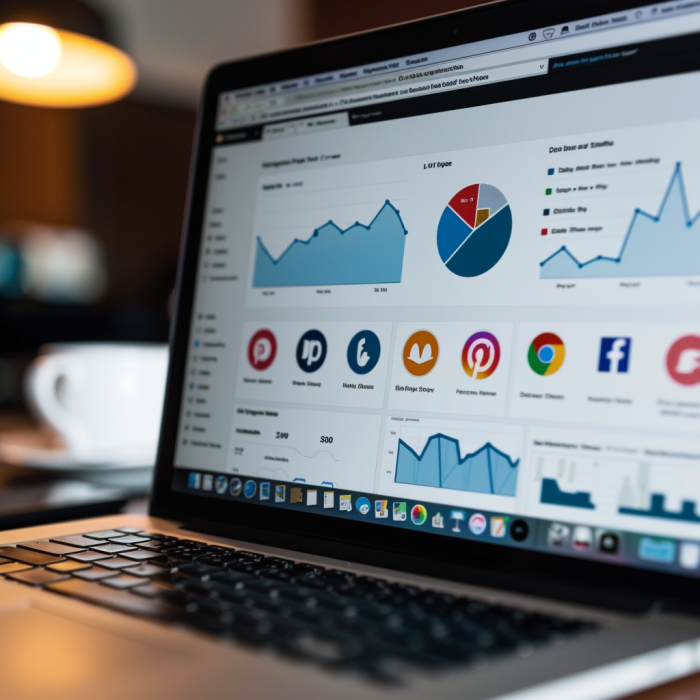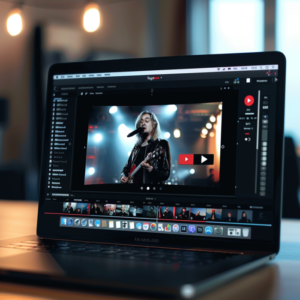In the vast world of social media marketing, understanding the impact of your campaigns is crucial for long-term success. Analyzing social media metrics for ROI (Return on Investment) provides clear insights into what strategies are working, helping you make informed decisions. This guide dives into the essential metrics you should track and how to interpret them for effective campaign analysis.
Understanding ROI in Social Media
Before diving into metrics, it’s important to grasp the concept of ROI in the context of social media. ROI measures the return on investment from your social media activities compared to the costs. It tells you whether the money and time you’re investing are paying off. Analyzing social media metrics for ROI involves both quantitative and qualitative data, from follower growth to engagement rates and beyond.
Key Metrics to Monitor
- Engagement Rate: This measures how actively involved your audience is with your content. It includes likes, comments, shares, and saves. High engagement rates indicate content resonance, which is pivotal when analyzing social media metrics for ROI.
- Reach and Impressions: Reach shows how many unique users have seen your post, while impressions track how often your content is displayed. Understanding these metrics helps gauge brand awareness and content visibility.
- Click-through Rate (CTR): CTR reveals the percentage of viewers who click on a call-to-action link in your post. It’s essential for evaluating the effectiveness of your messaging and call-to-actions in driving action.
- Conversion Rate: This tracks how many clicks on your content lead to a desired action, such as a purchase or sign-up. It’s crucial for understanding the direct impact of social media on your business goals.
Tools for Effective Analysis
Leveraging the right tools is a game-changer when analyzing social media metrics for ROI. Platforms like Google Analytics, Hootsuite, and Sprout Social offer comprehensive insights into social media performance. These tools can track user behavior, conversion paths, and more, providing a deeper understanding of your social media’s effectiveness.
Strategies for Maximizing ROI
- Content Optimization: Use insights from your metrics to tailor your content strategy. If certain types of posts drive higher engagement or conversions, focus your efforts on producing similar content.
- Audience Targeting: Analyzing your metrics can reveal who your most engaged audience segments are. Use this information to refine your targeting strategies, ensuring your content reaches the most receptive users.
- Ad Spend Adjustment: Allocate your advertising budget based on performance. If certain campaigns or platforms offer better ROI, redirect your spending to maximize returns.

This image was generated using the Discord AI platform.
The Role of A/B Testing
A/B testing is invaluable for analyzing social media metrics for ROI. By comparing different versions of your content, you can identify what elements resonate best with your audience. This empirical approach allows for data-driven optimizations, enhancing your overall strategy.
Conclusion
Analyzing social media metrics for ROI is not just about tracking numbers; it’s about understanding the story behind those numbers. By focusing on the right metrics, utilizing effective tools, and adopting strategic adjustments based on insights, you can significantly improve the ROI of your social media marketing efforts. Remember, the goal of social media marketing is not just to generate immediate returns but to build lasting relationships with your audience that contribute to sustained business growth. With a meticulous approach to measurement and analysis, you can unlock the full potential of your social media campaigns.
If you just start your e-learning journey check out this fundamental online course in Coursera.
Are you looking for more E-learn.guide blogs about digital marketing, check out the latest blog about PPC or SEO.










